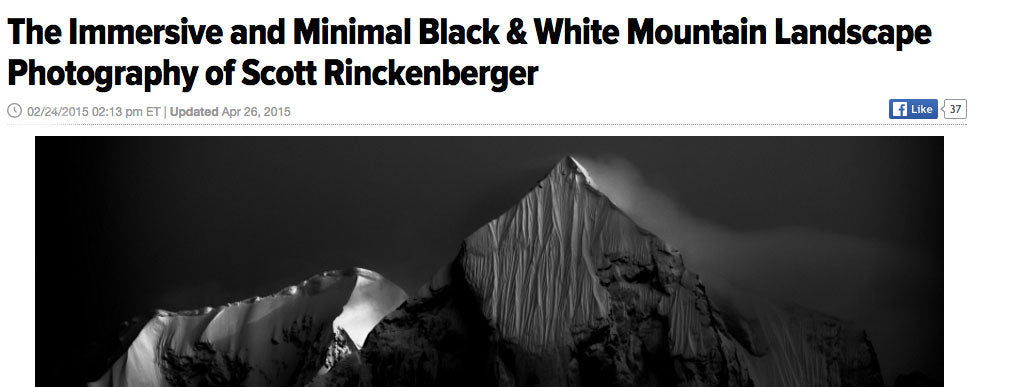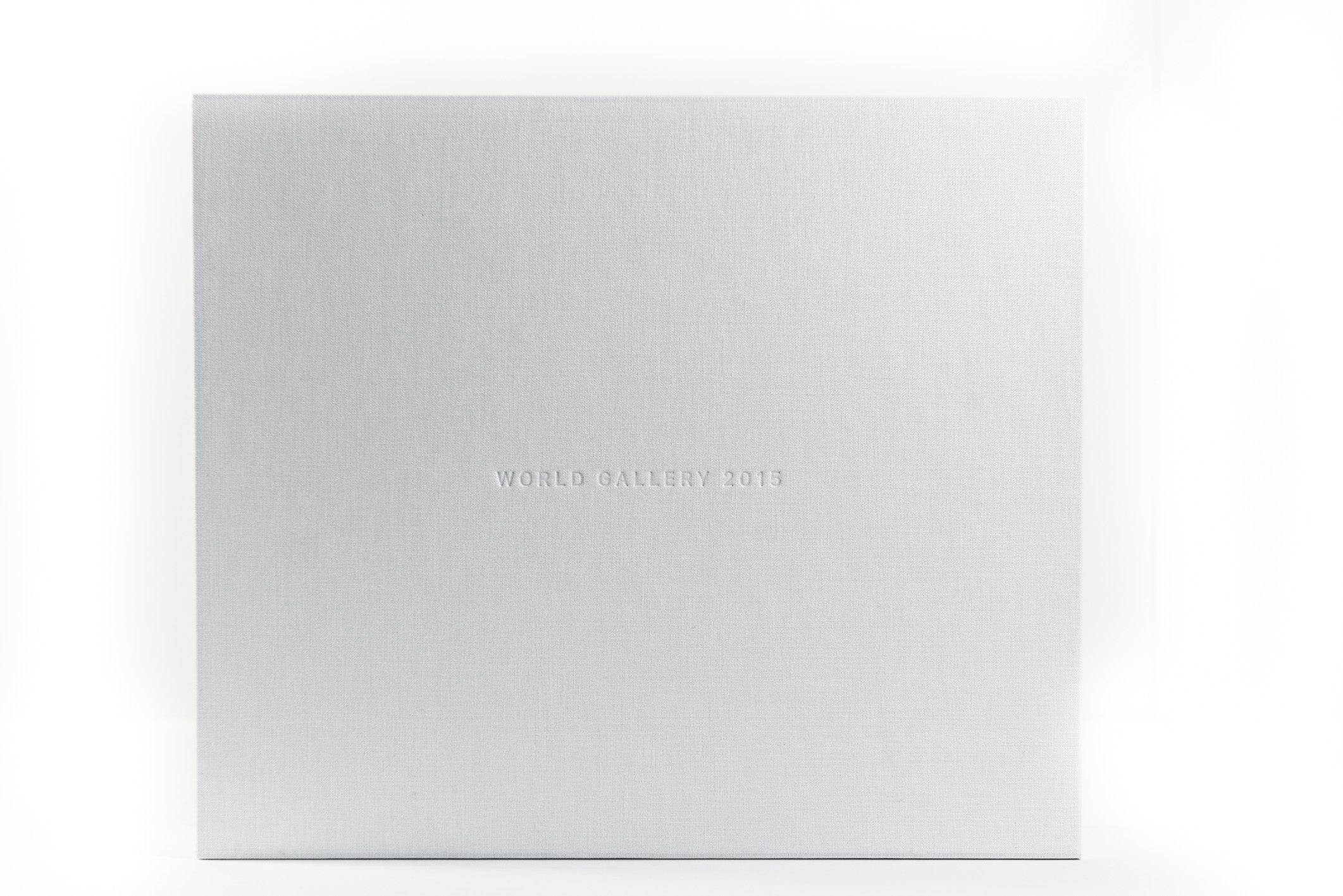I posted a photo onInstagram and Facebook last week with a question in the caption:
Question for the community: should we all be sharing the locations of the beautiful photos we share on social media, or should we withhold the locations in an effort to protect these fragile places and keep the outdoors a place of exploration and discovery? I see both sides of the argument and am interested in your thoughts.
There was a huge response, and the feedback ran the gamut. Some people have an ardent belief that if you go somewhere and capture a photo you wish to share, that it’s arrogant and selfish to keep the location to yourself. Others believed that the most fulfilling thing about traveling in the mountains is the exploration and that if you only select your locations by window shopping on Instagram you miss the whole point of adventuring. I think there is some validity in both cases, and I’d like to share some of the most thoughtful responses (with some edits for grammar) before sharing my final thoughts on the subject.
Arguments for sharing:
@live.work.wander on Instagram: Share. Those locations don't belong to the person taking the photo. Keeping it secret, keeping it for yourself, is selfish and contrary to the spirit of shared public space and to the idea that these places can be life changing for people. Experiencing awe can make people kinder and more empathetic and it seems to me that those of us who find places can act as guides to someone's discovery of a side of them they never knew they had.
@outofthewoods on Instagram: That’s a fantastic question! I've struggled with the same thing, I think I tend to lean on the side of sharing. Just because I know I was thankful for those that shared with me years ago when I thought Mt. Si was a great hike lol. There are some hikes though that I leave out details on, figuring if they are willing to put in the time to figure out details for themselves then I would hope that they would have enough respect to take care of the places they go to.
@Drew McKenzie on Facebook: Share, everyone deserves the chance to see and enjoy. If people experience nature they are more likely to want to protect and preserve it.
@vikingfoss on Instagram: I applaud @live.work.wander. These places have been around long before us, we don't have any rights to them either way, and it's up to the individual(s) that visit such places to keep them clean. Pack it in + pack it out. Everyone deserves the chance to Seek & Enjoy (with responsibility).
@stephaniefmcfadden on Instagram: I feel like @live.work.wander couldn't have said it any better. Share. Give people the chance to experience what you have, and give them the chance to NOT muck it up, before you just assume everyone else would destroy it. That's an incredibly arrogant and self important way of thinking.
Arguments for withholding:
@Jason Hummel on Facebook: I have begun to withhold some locations...choosing broad classifications, especially hiking destinations that are impacted by my photography. If a place is sufficiently hard to visit, then I'm not as concerned, but when it comes to those secret corners that are easy to access and are not along a main trail, then I begin to feel that I have an obligation to mitigate my impact personally and with my image pollution. With ski mountaineering or mountain biking, I'm not so concerned, but hiking really has a visible impact on the most fragile of areas, such as lakes, streams and meadows. Poor hiking practices by many hikers...such as fire rings on the granite shores of lakes, sawing trees, camp wind rings and leaving garbage to name a few, are quite disturbing. For instance I saw at Big Heart Lake this summer, a note saying, "Free". Previous hikers had left 3 fuel canisters, multiple cut trees, clothes, garbage in excess of 10 pounds. I had 8 days left, so took some away. I would like to say that this is a rare occurance, but it isn't. We all have an impact, but as a user group hikers can do better. The problem is educating a, by in large, younger generation who is just experiencing the mountains for the first time. I want to strike a balance of inspiring, but also making folks work to find unique places.
@annniegirl on Instagram: I think these places should be protected. We should keep the destinations as a mystery so that the delicate, peace and solitude can stay in tact. Part of being an adventurer is adventuring into the unknown and finding something new, looking on a map and simply going there. However, if someone personally asks you, and the conversation is between two people instead of thousands, sharing those places with people who will respect the outdoors is awesome.
@aieeaieaa on Instagram: Do not share the location! Geotags ruin beautiful places and put them in danger of closure or restricted use. Large pages posting geo-tagged gems are what ruin them. Please, please do not.
@Dylan Brown on Facebook: As a fellow photographer, who came from a journalism background, I also face this dilemma. As I see social media become more and more saturated with remote, fragile places, I think the true "art" aspect of photography trumps "truth." Let's explore with our closest friends and family and share the world through our lenses, while letting others (both explorers and photographers) discover it on their own as pioneers once did. #exploremore
On the fence:
@pnwsnow on Instagram: My take has been if you can find the trail on WTA, Alltrails.com or anything of the like, then share the location and trail conditions. You're keeping people up to date and safe on the trail by essentially creating a trip report with your photo. However, if it's a hard to reach location that requires technical experience or route finding it's best to keep it unknown and share on an individual basis should someone make the time to message you. It's all about making sure the people are experienced and respect what they're seeking out. I kind of treat it like my secret pow stashes. Do I really want EVERYONE to know? Probably not. Only the select few, right?
@erikhgphoto on Instagram: Really great conversation to have, and thanks for bringing the topic to the Instagram table, Scott. Such a complicated question. I personally believe that everyone should have access to great trails and wild spaces, but should tread respectfully and do so educated on the potential impact they might have. In a perfect world, everyone would practice LNT principles and avoid heavily trodden trails, but it's not a perfect world, and it falls on everyone to do their part to educate others and encourage people to treat these spaces with respect. Nothing wrong with mixing a bit of backcountry education with great photographs every once in a while.
@jasonfitzgibbon on Instagram: I honestly believe that one appreciates and respects a place that much more if they went through the trouble (at least some) of finding it themselves. That being said, there is also immense conservation value in spreading the word regarding places that are in need of public awareness or further protection. That's why I try to walk a fine line between the two; of sharing the beauty of wild places, but never their specific location. Minimizing location specificity to merely a national forest or wilderness name (as you did here) does wonders for public awareness, but remains vague enough to keep the disrespectful hordes at bay.
My take:
After much thought, my own approach will straddle the fence. I will withhold some information strategically, but my reservations about sharing exact locations are not based on my selfish want to have these sacred places to myself, they are merely a result of simple conservation theory. Some places do not have the space or infrastructure to support a large influx of visitors spurred by a well timed bit of social media inspiration. Other places do have that capacity, and with these locations, I’ll be more than happy to share specific details with my entire audience.
For instance, I really enjoy the westside of Mount Rainier. The Mowich Lake trailhead is my favorite access point in the park. It has a large parking lot, restrooms, a campground and is often visited and maintained by park staff. This place was designed, and has the resources and infrastructure to be enjoyed by thousands of people every summer, from the casual campers who would like to enjoy the lake just steps from the car, to the intrepid climbers approaching such classic routes as Ptarmigan Ridge and the Mowich Face.
On the other hand, there are some alpine lakes that I enjoy which may only have a couple of viable camping spaces. They have small trailheads with limited parking. There are no toilet facilities from car to camp. They are in underfunded areas of the National Forest and are seldom visited or maintained by Forest Service staff. These places can only maintain their natural state if the visitors are extremely responsible and relatively infrequent.
Now some simple math. There are almost 40,000 people following my Instagram. Across the Pacific Northwest there are many more people with similar audiences who focus on outdoor photography. If only 1 out of 1000 people is inspired to visit a place I post online, that’s 40 potential visitors, multiply that by maybe 50 similar photographers, and you’ve got 2,000 new visitors. While some of our outdoor crown jewels can handle this kind of traffic, there are other destinations that would be forever changed by such numbers.
Our amazing public lands are one of the greatest gifts we have as humans. They should be enjoyed by everyone who has the inspiration and energy to visit. As someone who has been fortunate to travel widely in beautiful places, I understand the transformative power it can have for an individual and the potential it has to create a better world for all. I feel strongly compelled to share the stories and the images that come from stepping into the great outdoors. Furthermore, it has been widely established that the only places that are protected are those places that have a voice. Photos, stories and conservation efforts from users of the outdoors are imperative in maintaining and expanding their protection.
But, with this gifts that are offered by the wild places, there also comes great responsibility. From the parking lot and outhouse to the campsites and summits, there is no excuse to leave any mark or item if it can be in any way avoided. If my work inspires a visit, then let the Leave No Trace Guidelines dictate the manner in which the visit is conducted.
I will do my best to inspire through my photography, I’ll publicly share the places that can support an influx of new visitors and I’ll give generalized locations for the places that are more fragile and lack infrastructure. I hope that everyone, from the newly inspired to the wizened outdoors person will appreciate the fact that these special places are for everyone; not just everyone that is here right now, but everyone who will ever be. Please, in all things, appreciate the beauty and do no harm.
I'm very interested in keeping this conversation going, so feel free to put in your two cents in the comments below. The only way to go forward is together. Thanks!





Leave a comment
This site is protected by hCaptcha and the hCaptcha Privacy Policy and Terms of Service apply.